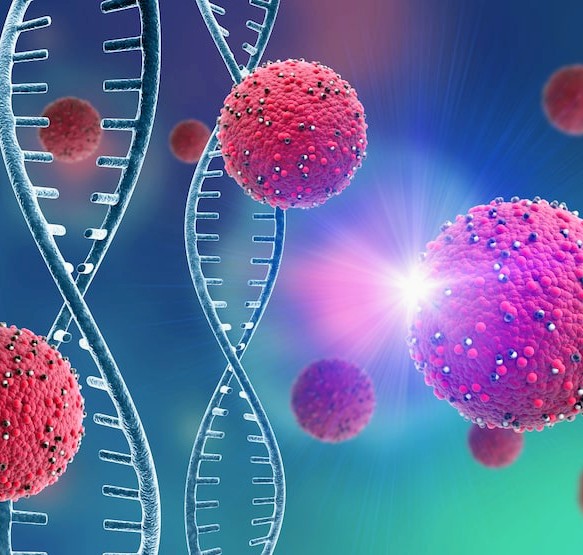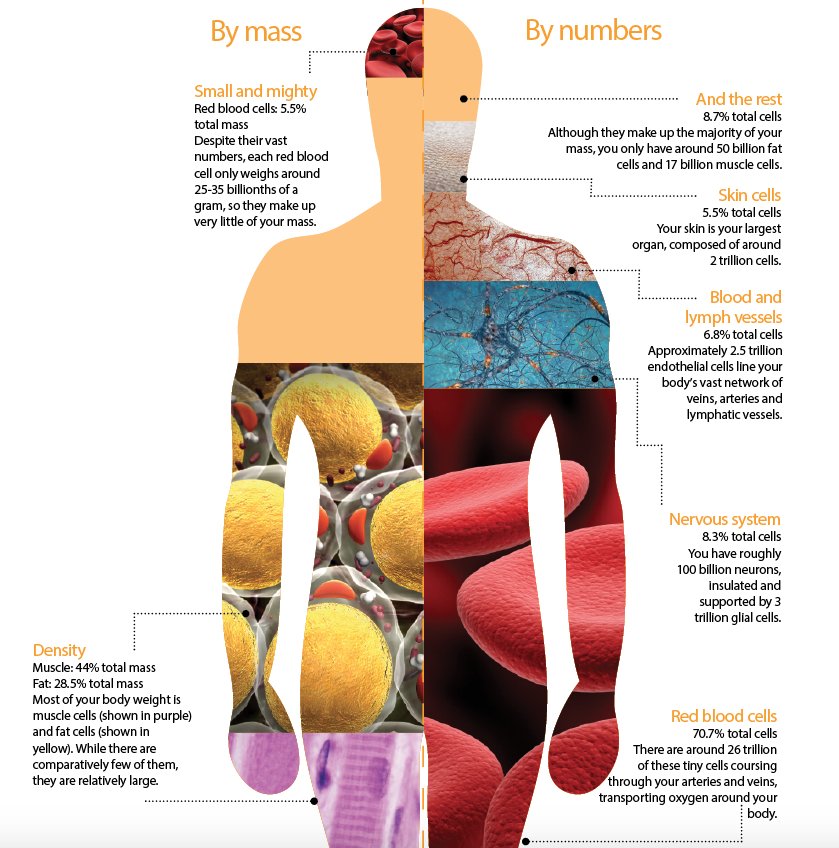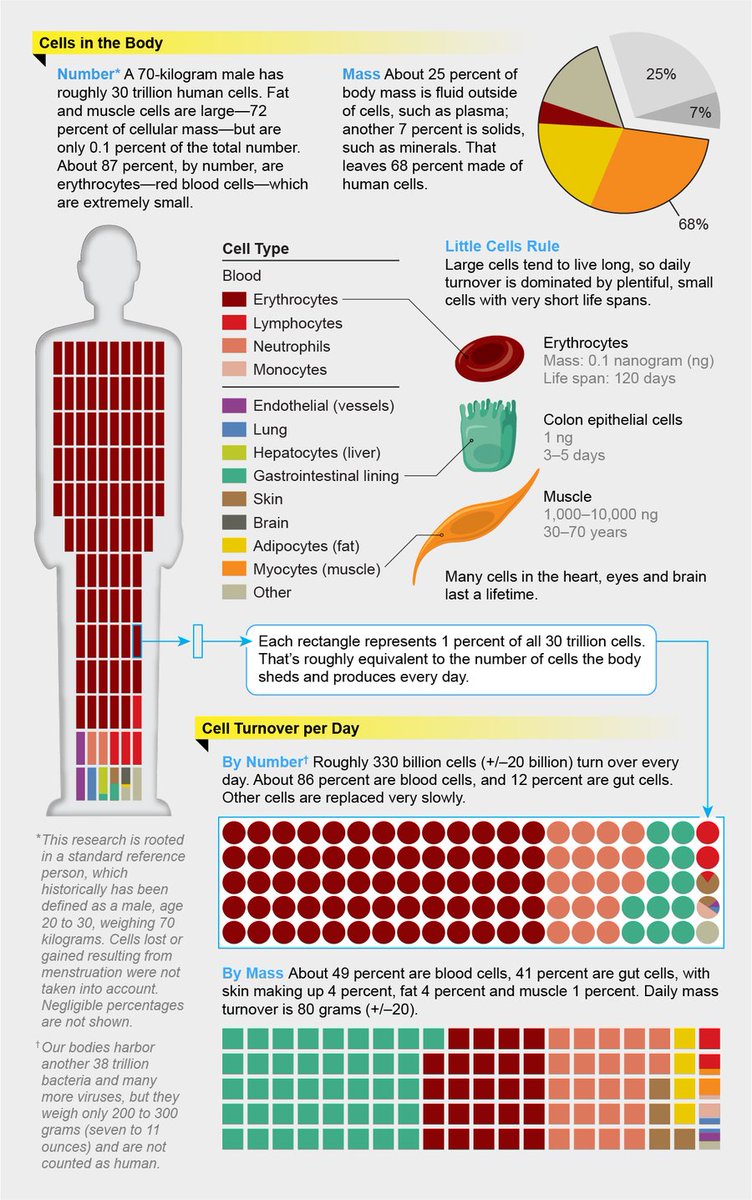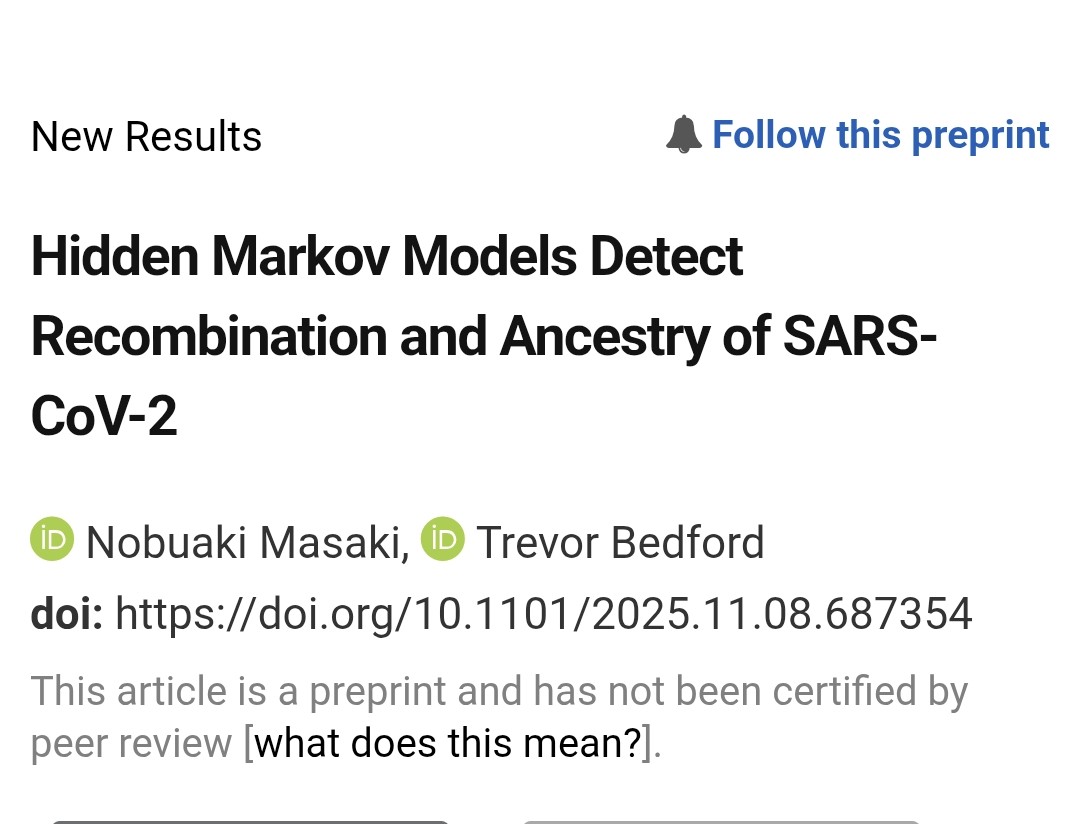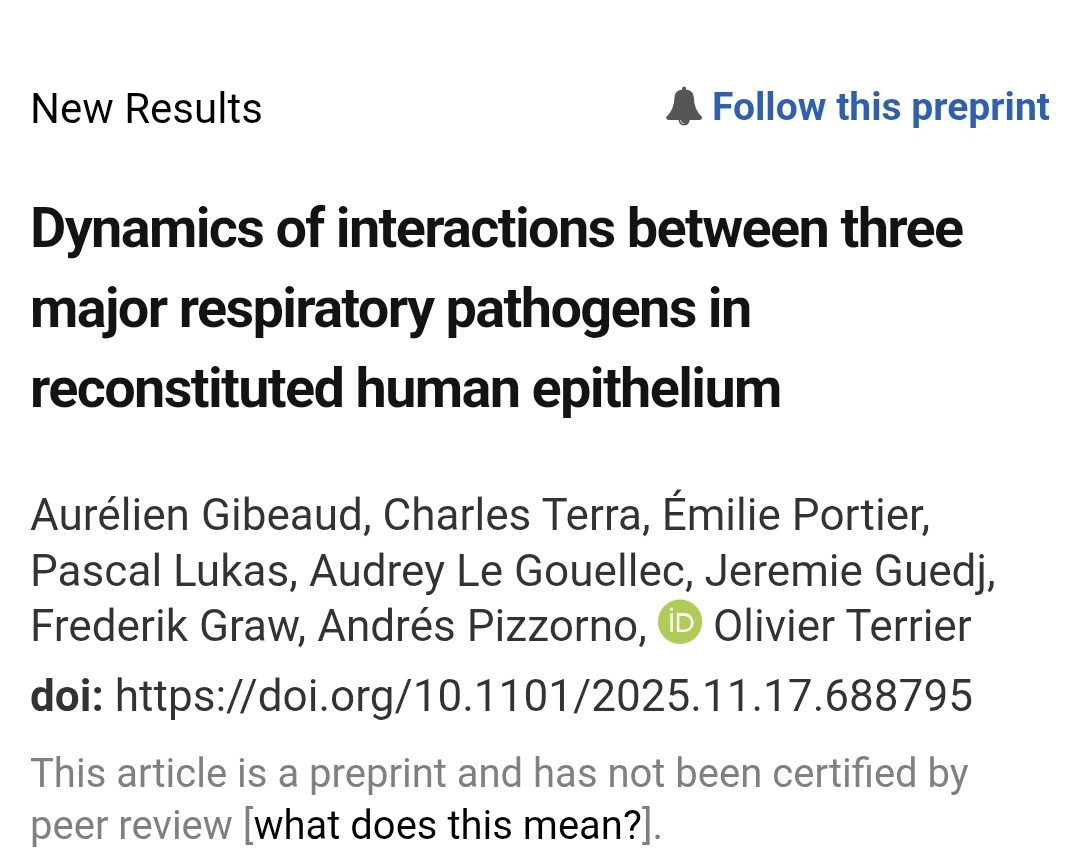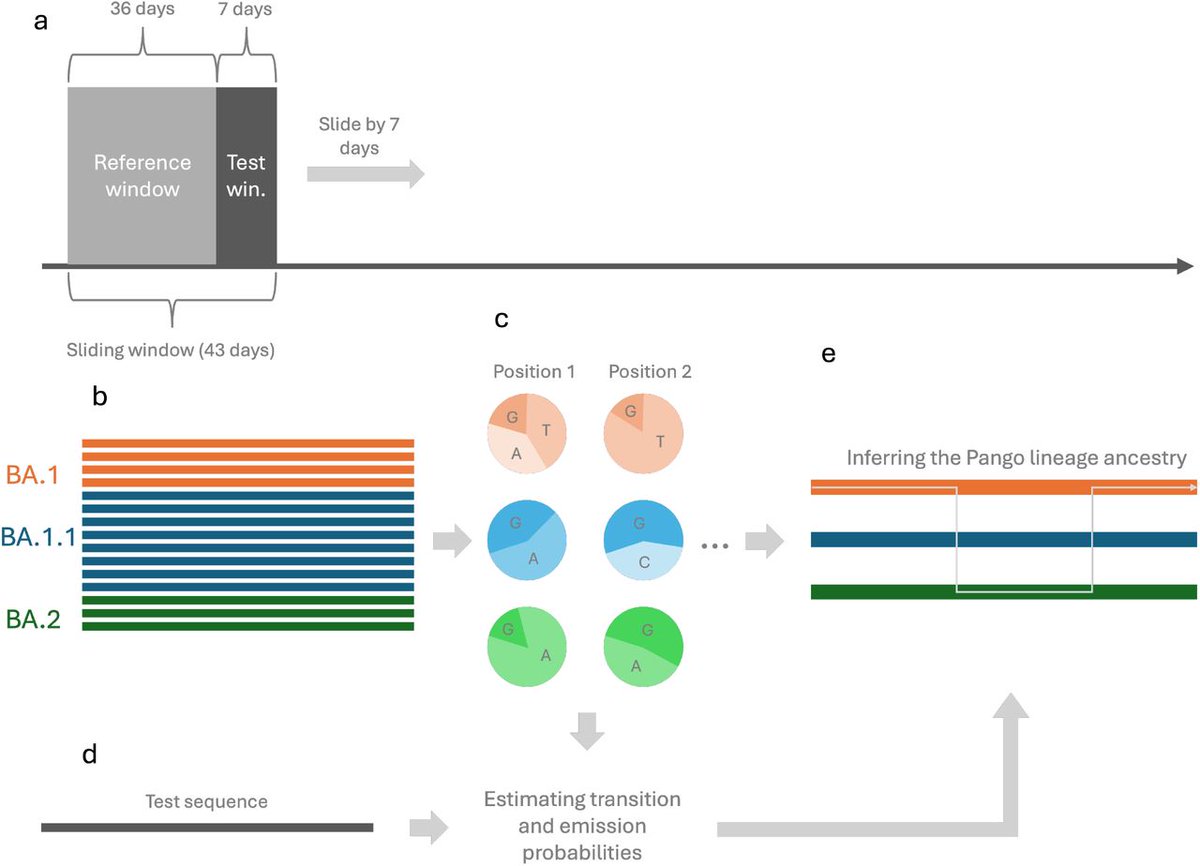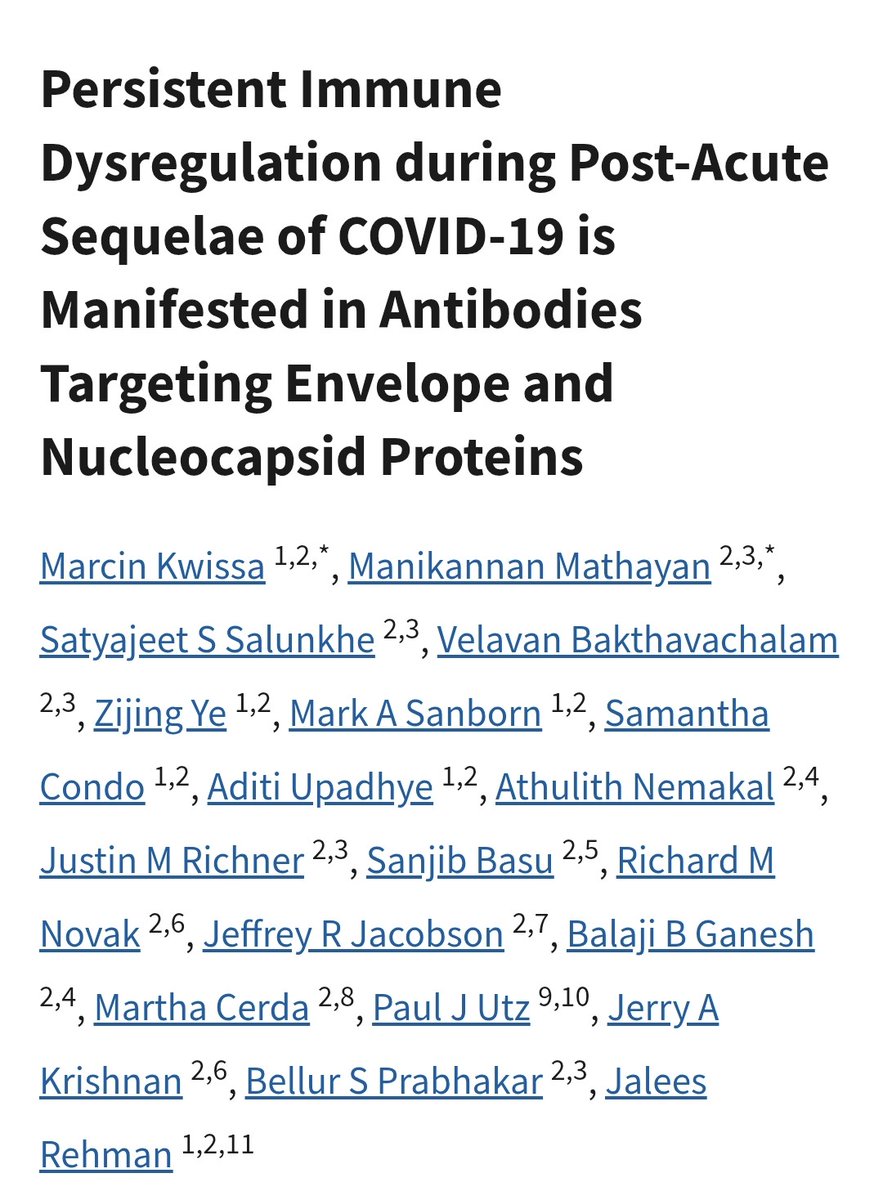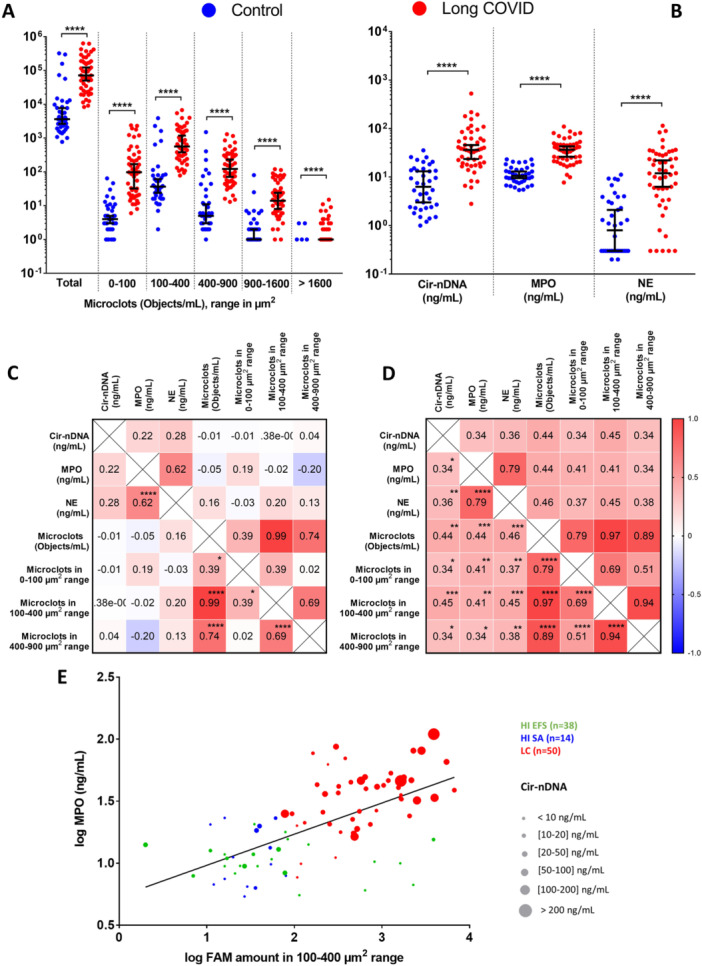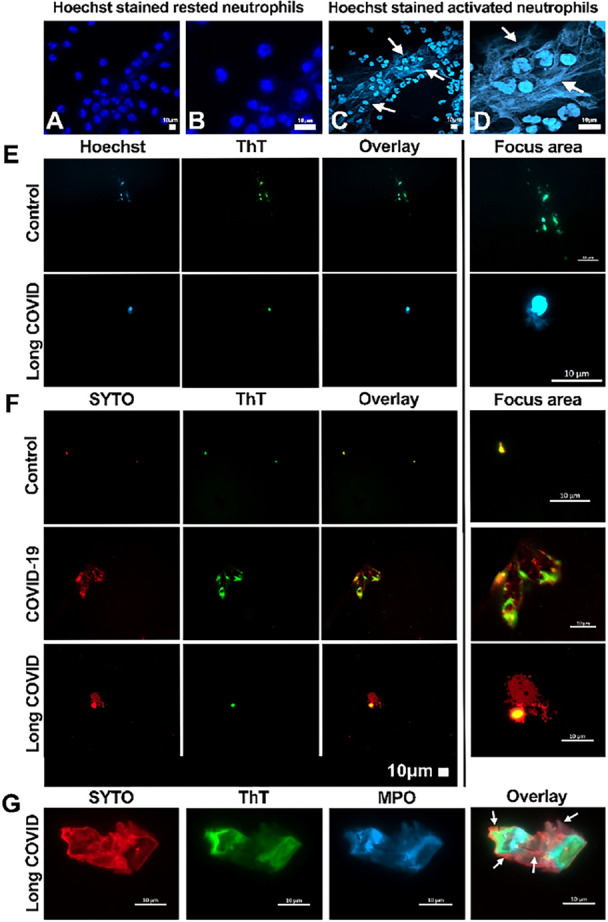ALTERATIONS in the PLASMA PROTEOME (proteins in the blood) PERSIST TEN MONTHS after RECOVERY from MILD to MODERATE SARS-CoV-2 INFECTION !
frontiersin.org/journals/immun…

frontiersin.org/journals/immun…

2) This study examined how the plasma proteome (proteins in the blood) changes in vaccinated and unvaccinated SARS-CoV-2 patients over 10 months.
During acute infection, unvaccinated patients showed strong inflammatory and immune responses while ...
During acute infection, unvaccinated patients showed strong inflammatory and immune responses while ...

3) ...vaccinated patients had adaptive immune responses with less inflammation.
Even months later, unvaccinated patients still had some ongoing inflammation and immune activation, while both groups had reduced levels of proteins involved in normal cell functions and signaling.
Even months later, unvaccinated patients still had some ongoing inflammation and immune activation, while both groups had reduced levels of proteins involved in normal cell functions and signaling.

4) The researchers also found that factors beyond just vaccination, like age and disease severity, influenced the protein patterns in patients' blood. 

5) They identified specific proteins linked to persistent symptoms and lung abnormalities months after infection which could be useful for understanding long-term effects of COVID-19. 

6) Overall, the results show vaccination helps reduce the acute inflammatory response, but changes in the blood proteome can persist in both vaccinated and unvaccinated individuals, with potential implications for long-term health.
Thanks for reading 🙏
Thanks for reading 🙏

• • •
Missing some Tweet in this thread? You can try to
force a refresh


